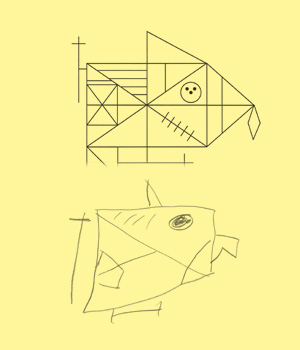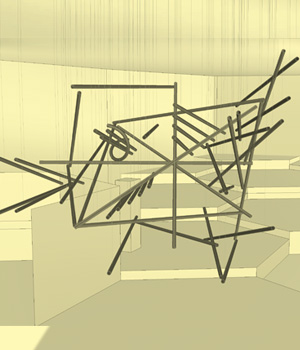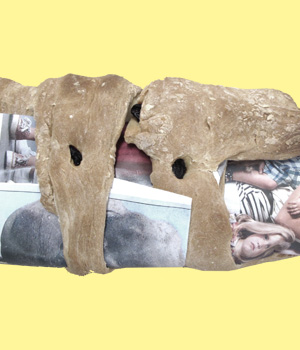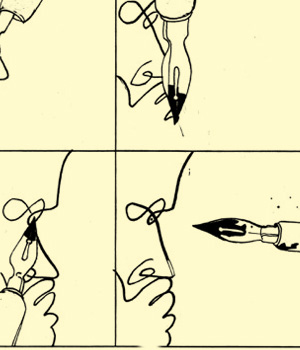Complex, but Meaningless: The Rey-Osterrieth Figure
During The Second World War, Swiss psychologist André Rey designed a pattern, or figure, to assess patients' ability to copy by drawing following a concussion. The figure had to be complex yet “meaningless”, i.e. with as few associations to concrete objects as possible. Rey’s student Paul-Auguste Osterrieth standardized the system, making it possible to score reproduction performance.
The system is still used today in the field of neuropsychology. Every day, hundreds of people around the world are asked to faithfully reproduce the Rey-Osterrieth Figure. By inspecting patients' drawing procedure and judging the final result, neuropsychologists can diagnose any visual-constructive deficits as well as impairments in an individual patient’s ability to plan. Have they been able to caputre the Gestalt of the figure, or has the patient simply lined up the individual elements through a piece-meal approach? Were there any directional preferences in the copying process, such as the reliance on habitual writing direction? Are there any omissions, distortions, displacements, or additions? Since patients's freedom of artistic expression is restricted, it is their brain lesions that take the 'liberty' of deviating from the original during reproduction. Damage of structures within the right hemisphere can lead patients to neglect left-sided elements. Planning difficulties can manifest themselves as the production of a tally on which every single element is listed, but without them bearing any relation to the other elements. Sometimes, patients will draw a 'smiley' instead of the circle with three dots – a sure sign (statistically speaking) of disinhibition following frontal lobe damage.
Related contributions






